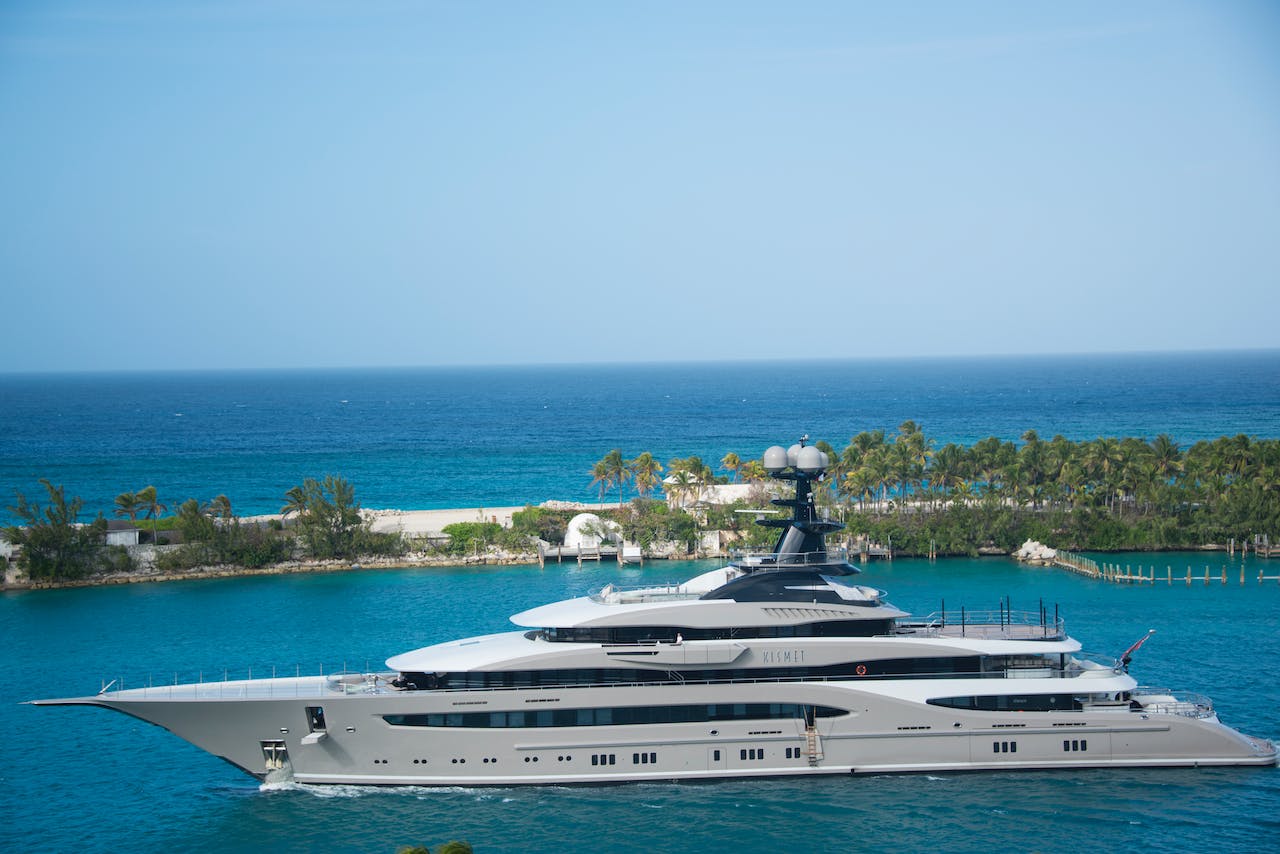When marine vessels were started to be manufactured with an emphasis on automation so that they could perform a certain sort of things with minimum human intervention, the main and the most important goal of introducing automation was to reduce the number of maintenance personnel. The economic implementability of using boat automation was determined by the possibility to refund some money that would otherwise be spent on payment to the vessel crew. However, nowadays everything has changed. The foreground, for now, is to improve the safety of ships’ running and maintenance.
With the new generation of automation systems and the growing selection of available at the global market products, boat manufacturers and even boat lovers started to prefer those technologies that do not require too much maintenance but that are able to perform their duties clearly and timely. Now some of the duties that were previously done by humans are performed by mechanisms. Electric linear actuators nowadays are among the list of top frequently used electric equipment for boat automation. This technology allowed yacht and boat owners and, what is more important, yacht and boat manufacturers to improve the existing vessel construction patterns. Now to close all the boat hatches, to elevate and drop down the boarding ladders the boat owner doesn’t need to obligatory make some efforts. At present all these work can be done automatically with the help of electric linear actuators designed exactly for marine purposes. These actuators possess the high-level protection that is rated according to the International Protection standards and marker relevantly.
The practice of modern automated vessel implementation has revealed a number of specific advantages derived from the use of automation technologies like electric actuators. For example, the number of crew members reduced from 3-5 people to 1 person, and the total number of ship crews decreases from 55-60 people up to 30-36 people on board of one
Below are some of the basic principles of automation, which are currently guided in world practice:
- The automation volume should be sufficient to ensure the normal operation of the installation by the crew of a certain number;
- The most responsible processes in terms of operational safety and the most time-consuming and regularly recurring operations should be automated;
- Automatic protection should be provided against any malfunction that could somehow lead to an accident;
- The complete set of the Ship Central Command with control and monitoring devices should exclude the need for the watchman to leave the Ship Central Command to visit directly the engine room to carry out control and monitoring operations;
- The reliability of the power equipment, as well as automation and control means, should be so high as to ensure normal operation of the installation by the crew the number of which would correspond to the accepted level of automation.
In addition to the technical and economic benefits, automation of the internal and the outer processes on the vessel increases its mobility as well as its chances to withstand the harmful influence of sea environmental conditions that, when trapped in a storm, can unexpectedly worsen. Electric linear actuators of direct current used for marine automation can withstand any kind of sea storm and remain operational even under conditions of zero maintenance for short periods of time. With such a technology used for boat automation purposes, a crew of this vessel can be sure that all the hatches will be locked tightly until the storm is over. Moreover, products offered by Progressive Automations can be used along with remote control systems and the management of all the automation processes can be done right from the Ship Central Command.
Linear actuators’ implementation saves time and makes important processes automated so that the vessel crew should not worry about them. Such cost-effective solutions allow making sea voyages to be nothing but comfortable pleasure.

